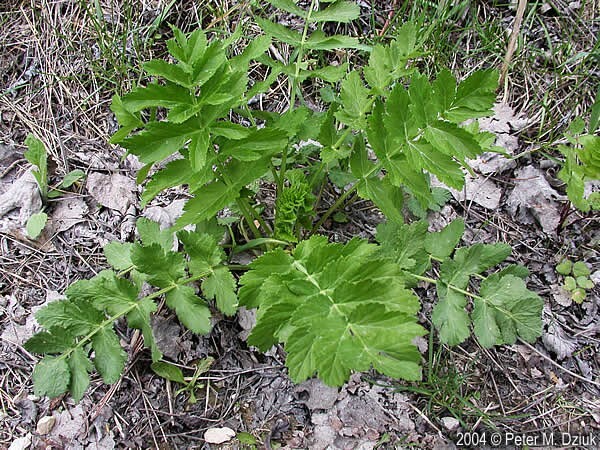NEWS RELEASE
FOR IMMEDIATE RELEASE:
June 13, 2024
MEDIA CONTACT: Carol Andrews, Environmental Engineer
218-625-3862 or andrewsc@stlouiscountymn.gov
St. Louis County receives grant to combat two invasive species
St. Louis County Public Works has received a $15,000 grant from the Minnesota Department of Agriculture's Noxious Weed Program. The funds will be used to combat two invasive plant species that have taken root in St. Louis County: invasive knotweed and wild parsnip. The county is prioritizing these two invasive species because of the risks they pose to people and infrastructure.
The County has hired a contractor to spray herbicide where infestations of these invasive species have been located in road rights-of-way. Spraying for wild parsnip is expected to begin in mid-June, and for invasive knotweed in late August.
Wild parsnip is a concern because its sap can cause significant burns to a person's skin. This makes it a threat to hikers, highway maintenance workers, ATV riders and anyone else who may use the ditches along roadways. In St. Louis County, particular areas of focus this year are the Floodwood and Meadowlands area to south of Virginia. Treating wild parsnip is highly targeted and typically done by people walking with a hand-held sprayer.
Invasive knotweed (also referred to as Japanese and Bohemian Knotweed) is a fast-growing and hardy plant that can block site lines at driveways and intersections, negatively impact waterways, damage home foundations and damage asphalt. Mowing the plant can spread it to new areas and lead to more vigorous growth. Identified areas of concern in St. Louis County include Pike Lake, along Jean Duluth Road, and the western side of Lake Vermilion. Treatment for knotweed is generally applied by a truck with a spray arm.
The public can help reduce the spread of wild parsnip and knotweed by cleaning dirt and vegetation off of mowers, off road vehicles etc. before and after using them in the road right-of-way.
The County will prioritize spraying identified infestations alongside roadways. However, if funds allow, there may be instances when property owners may request spraying to occur on private property. Anyone who believes they have Invasive Knotweed or Wild Parsnip growing on their property is encouraged to contact Environmental Engineer Carol Andrews at 218-625-3862 or andrewsc@stlouiscountymn.gov.
 Wild parsnip grows to about 6 inches high in its first year, but typically grows to 3-4 feet tall the following year. If oils from the plant get on skin that is exposed to sunlight, a serious chemical burn can result. Photo credit Peter M. Dziuk
 Invasive knotweed grows quickly and cause a variety of risks and damage. As an illustration of its size, Environmental Engineer Carol Andrews stands by a patch of knotweed growing along Rice Lake Road.
###
|